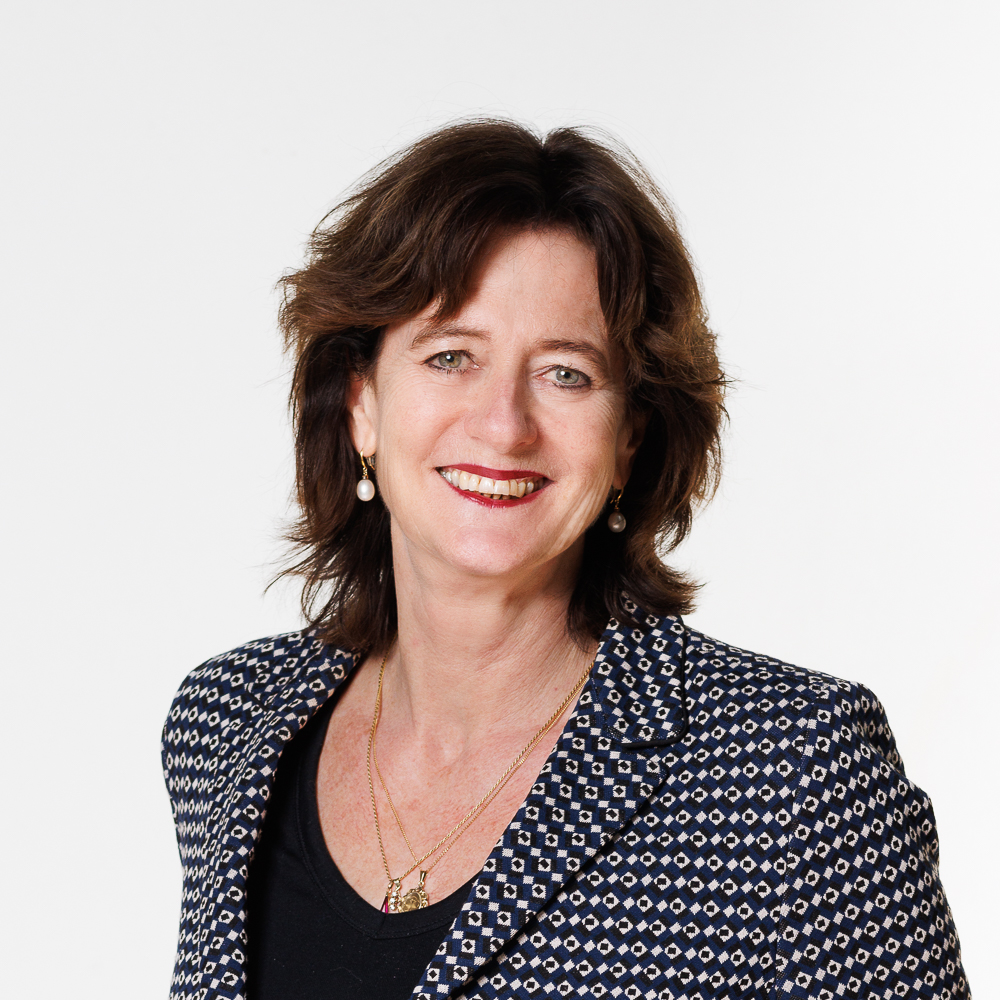A dovish hike from the ECB

The ECB raised its key policy rates by 25bp, with the deposit rate reaching 4%. Although the Governing Council will remain data dependent going forward, it did hint that based on the existing outlook, it may have done enough and the rate hike cycle may now be over, though it expects interest rates to remain at these levels for a while.
The ECB raised its key policy rates by 25bp, with the deposit rate reaching 4%. The move was against our expectations of no change. Analysts more broadly were divided, while markets had increasingly priced in an increase over recent days.
Although the Governing Council will remain data dependent going forward, it did hint that based on the existing outlook, it may have done enough and the rate hike cycle may now be over, though it expects interest rates to remain at these levels for a while. It noted that ‘based on its current assessment, the Governing Council considers that the key ECB interest rates have reached levels that, maintained for a sufficiently long duration, will make a substantial contribution to the timely return of inflation to the target’.
In the press conference, ECB President said that the Council could not say rates had peaked and could also not specify how long was sufficiently long and that both these issues would be determined by developments going forward. Still, the tone was generally consistent with the view that the ECB had most likely done enough. Ms Lagarde described the additional hike as ‘reinforcing’ the trajectory of inflation towards the 2% level, and as a step that would give the Governing Council more ‘confidence’ in this outlook.
The ECB’s staff macroeconomists made significant downgrades to the institution’s GDP growth forecasts, and this had a dampening impact on its core inflation projection. Still, higher energy prices had an upward impact on next year’s headline inflation and as such inflation was ‘still expected to remain too high for too long’.
The ECB now expects growth of 0.7% in 2023 (was 0.9%), 1.0% in 2024 (was 1.5%) and 1.5% in 2025 (was 1.6%). As a result the gap between the ECB’s and our own forecasts (0.5% in 2023 and 0.7% in 2024) has narrowed. Moreover, the ECB sees the risks to its growth forecasts as tilted to the downside, with President Lagarde noting that the current transmission of monetary policy to financial conditions and the real economy was ‘stronger’ and ‘faster’ than during any previous episode of rate hikes. Against this background, it is surprising that even the ECB’s new projection embodies a reasonable strong recovery in economic growth from Q1 of next year.
The downward revisions to the ECB’s growth estimates have also reduced the central bank’s forecasts for core inflation in 2024 and 2025, to 2.9% and 2.2%, respectively (was 3.0% and 2.3%). Despite the downward revision to core inflation, the forecast for headline inflation in 2024 was revised higher (to 3.2% from 3.0%), but this was entirely due to higher energy price inflation. In 2025, headline inflation is expected to be 2.1% (was 2.2% in the June projections). At the end of the forecasting period of the central bank, in 2025Q4, headline inflation is expected to be 1.9% and core inflation 2.1%, which can be considered to be in line with the medium term inflation target.
We continue to expect macro outcomes (both growth and inflation) to come in below ECB expectations and as such we do view this as the peak in policy rates. In addition, we expect the central bank to pivot towards rate cuts next year.

